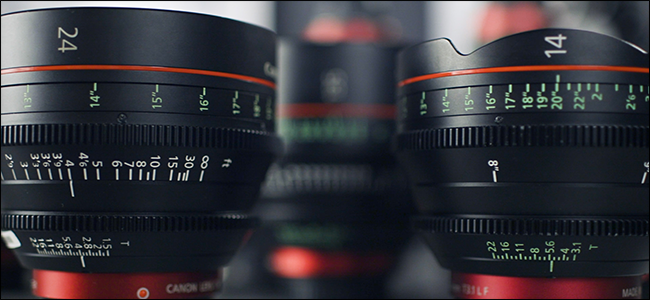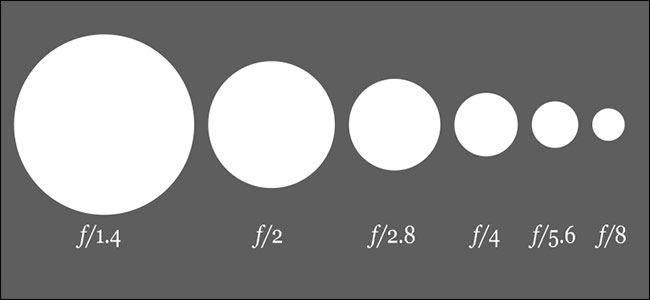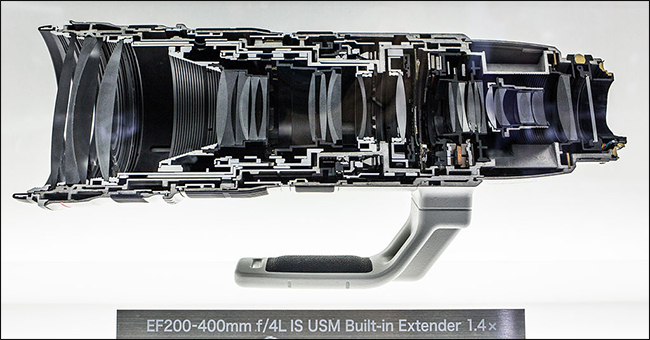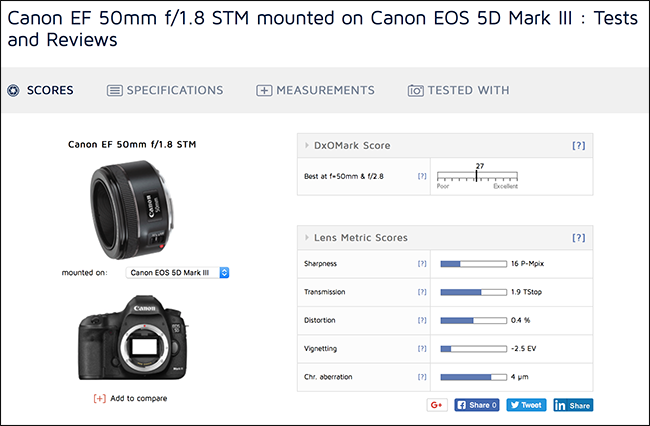
uwsgi --stop

If you start to move from photography into videography, you’ll quickly start hearing about something called a t-stop, which are a combination of a lens’ f-stop and light transmittance value. Let’s take a deeper look at what that means.
如果您开始从摄影技术转向摄影术,您将很快开始听到一种称为t档的信息,它是镜头的f档和透光率值的组合。 让我们更深入地了解这意味着什么。
什么是F-stop? (What is An F-Stop?)
In photography, an aperture is the hole in a lens that lets light into your camera. How much light your camera captures is measured by a combination of how long the shutter allows light through that aperture, and how big the aperture is. The aperture is measured in f-stops, and the number of each f-stop corresponds to the focal length of the lens divided by the diameter of the aperture. So, for example, a 50mm lens at f/2.0 has an aperture diameter of 25mm; a 100mm lens at f/2.0 has an aperture diameter of 50mm.
在摄影中,光圈是镜头上的Kong,可让光线进入相机。 相机捕获的光量取决于快门允许光通过该光圈的时间以及光圈的大小。 光圈以光圈为单位进行测量,每个光圈的数量对应于镜头的焦距除以光圈直径。 因此,例如,f / 2.0的50mm镜头的光圈直径为25mm; 一个f / 2.0的100mm镜头的光圈直径为50mm。

Whichever lens you use, f/2.0 will produce roughly the same exposure with the same shutter speed and ISO regardless of focal length, due to the inverse square law and the reduced field of view of the lens at longer focal lengths. A longer lens gathers more of the light from a smaller area while a shorter lens gather less of the light from a greater area. The result is that both gather the same amount of light.
无论使用哪种镜头,f / 2.0都会以相同的快门速度和ISO产生几乎相同的曝光,而与焦距无关,这是因为平方律反比,并且在较长焦距下镜头视野减小。 较长的透镜从较小的区域收集更多的光,而较短的透镜从较大的区域收集较少的光。 结果是两者都收集了相同数量的光。
You’ll note, however, I’ve been using the terms “roughly” and “about”. That’s because, while the physics remain the same, how each lens is constructed is different. And this is important for videography.
您会注意到,但是,我一直在使用术语“大约”和“大约”。 这是因为,尽管物理原理保持不变,但每个镜头的构造方式却有所不同。 这对于摄像很重要。
镜头中的透光是什么? (What is Light Transmission in a Lens?)
Lenses—as we’ve covered before—aren’t perfect transmitters of light. The different lens elements affect the light as it passes through, and one of their effects is to reduce the light. The elements in most lenses absorb (or deflect or otherwise waste) 10-40% of the light that’s passing through. This means that they only transmit 60-90% of the light that hits their front element.
镜头-就像我们之前讨论过的-并不是完美的光发射器。 不同的透镜元件会在光线通过时对其产生影响,其作用之一是减少光线。 大多数镜头中的元素会吸收(或偏转或浪费)通过的光的10-40%。 这意味着它们仅透射击中其前部元素的光的60-90%。

The thing is, different lenses transmit different amount of light through the lens. A 50mm f/2.0 lens might have a lens transmittance of 70% while the 100mm f/2.0 lens might have a lens transmittance of 80%. This means that more light is going to hit the sensor if you use the 100mm lens and you’ll have a marginally brighter photo or video.
关键是,不同的透镜会通过透镜传输不同量的光。 50mm f / 2.0镜头的镜头透射率可能为70%,而100mm f / 2.0镜头的镜头透射率可能为80%。 这意味着,如果您使用100mm镜头,则会有更多的光射向传感器,并且照片或视频的亮度会略微提高。
那么,什么是T型停机? (So, What Is A T-Stop?)
A t-stops is the combination of both the f-stop and the light transmittance value of a lens. The t-stop value equals the f-stop value divided by the square root of the lens transmittance. Let’s use our two fictional lenses again:
t档是f档和镜头的透光率值的组合。 t值等于f值除以透镜透射率的平方根。 让我们再次使用两个虚构的镜头:
- The 50mm f/2.0 lens with a lens transmittance of 70% has a t-stop of ~2.4 (2.0/√0.7=2.39). 镜头透射率为70%的50mm f / 2.0镜头的光圈值为〜2.4(2.0 /√0.7= 2.39)。
- The 100mm f/2.0 lens with a lens transmittance of 80% has a t-stop of ~2.24 (2.0/√0.8=2.236). 镜头透射率为80%的100mm f / 2.0镜头的光圈值为〜2.24(2.0 /√0.8= 2.236)。
While two different lenses at the same f-stop might have slightly different exposures, two lenses at the same t-stop won’t. So why does this matter?
虽然在相同的光圈值上的两个不同镜头的曝光可能略有不同,但是在相同的光圈值上的两个镜头却不会。 那么为什么这很重要呢?
为什么T停车对于摄影者而不是摄影者很重要 (Why T-Stops Matter to Videographers But Not Photographers)
For photography, t-stops really aren’t that important. The difference in exposure values between any two lenses isn’t going to be more than half a stop or so. This is nothing that the autoexposure in your camera or ten seconds in post can’t fix.
对于摄影而言,t停车确实不是那么重要。 任何两个镜头之间的曝光值差异不会超过半个左右。 相机中的自动曝光或拍摄后十秒钟的自动曝光无法解决。
For videography, however, things are different. When you’re shooting video, you don’t have the same flexibility with your shutter speed as you do with photography. You have to think about what the frame rate of the final video will be, so you can’t just rely on shutter speed to control your exposure. For photos, it rarely matters whether your shutter speed is 1/60th of a second or 1/90th of a second, but if you’re shooting a video, a change like that can have a material impact on how the footage looks at the end.
但是,对于录像而言,情况有所不同。 拍摄视频时,快门速度没有摄影时所具有的灵活性。 您必须考虑最终视频的帧速率是多少,因此不能仅仅依靠快门速度来控制曝光。 对于照片,快门速度是1/60秒还是1/90秒都无关紧要,但是如果您正在拍摄视频,则这样的更改可能会对素材的外观产生重大影响结束。
Also, when you’re shooting video, you are much more likely to need to change lenses and still have everything exposed the same way. Imagine a scene opens on a wide shot filmed with a 35mm lens, and then moves to close-ups shot with a 100mm lens. For the transition between the lenses to look seamless, you need them to produce a video with as similar an exposure as possible. If you’re using lenses set to the same t-stop, it will, whereas if you’re using lenses set to the same f-stop, it might not. You rarely have this pressing need to match exposures in photography.
此外,在拍摄视频时,您很有可能需要更换镜头,并且仍然以相同的方式曝光所有东西。 想象一下,用35mm镜头拍摄的广角镜头会打开一个场景,然后移至使用100mm镜头拍摄的特写镜头。 为了使镜头之间的过渡看起来无缝,您需要它们制作具有尽可能相似曝光度的视频。 如果您使用的镜头设置为相同的光圈,则可能会相反,如果您使用的镜头设置为相同的光圈,则可能不会。 您几乎没有迫切需要匹配摄影中的曝光。
寻找您镜头的T型止损值 (Finding the T-Stop Value of Your Lenses)
Lenses designed specifically for videography come with t-stops marked on the lens instead of f-stops. This doesn’t mean you can’t use photography lenses to make videos, it just means you need to do a little bit of research and math to figure out the t-stop.
专为摄影设计的镜头在镜头上标有t档,而不是f档。 这并不意味着您不能使用摄影镜头制作视频,而只是意味着您需要做一些研究和数学运算才能弄清楚t-stop。
DxOMark is a company that tests pretty much every lens from every major manufacturer, and one of the things they measure is light transmittance.
DxOMark是一家测试几乎每个主要制造商的每个镜头的公司,它们测量的内容之一是透光率。
Head to DxOMark and find the lens you’re looking to use. Here are the details for Canon’s EF 50mm f/1.8 STM, which is very popular with amateur filmmakers.
前往DxOMark ,找到您要使用的镜头。 以下是佳能的EF 50mm f / 1.8 STM的详细信息,该胶片在业余制片人中很受欢迎。

While it has an f-stop of f/1.8, it has a t-stop of t/1.9. With a little bit of math, it’s simple to work out that it has a transmittance value of ~0.9 ([1.8/1.9]^2=0.897). This means we can calculate the equivalent t-value for any f-value. For example, at f/11, you get ~t/11.6; at f/16, it’s ~t/16.87. You can then use this information to match up your lenses when you’re shooting video.
尽管它的f档为f / 1.8,但其t档为t / 1.9。 借助一点数学,就可以很容易地得出它的透射率值为〜0.9([1.8 / 1.9] ^ 2 = 0.897)。 这意味着我们可以计算任何f值的等效t值。 例如,在f / 11处,您得到〜t / 11.6; 在f / 16时,约为〜t / 16.87。 然后,您可以在拍摄视频时使用此信息来匹配镜头。
F-stops work great for photography, where you can get away with things being a bit looser. For videography, however, you often need to be a lot more exact, and that’s where t-stops come in.
F挡光片非常适合摄影,在这里您可以放宽一些松散的东西。 但是,对于摄像而言,您通常需要更加精确,这就是t停的地方。
Image Credit: ShareGrid via Unsplash, GodeNehler and Cbuckley via Wikipedia.
图片来源: ShareGrid通过Unsplash , GodeNehler和Cbuckley通过维基百科。
翻译自: https://www.howtogeek.com/355506/what-is-a-t-stop-in-videography/
uwsgi --stop





















 732
732











 被折叠的 条评论
为什么被折叠?
被折叠的 条评论
为什么被折叠?








